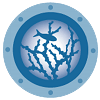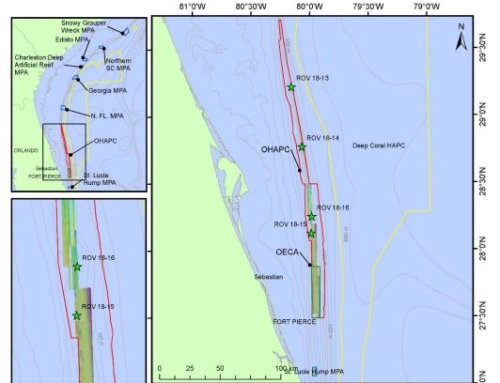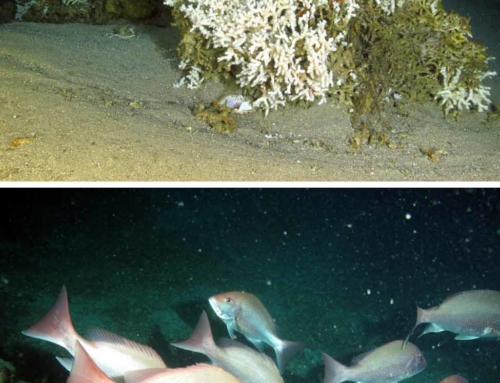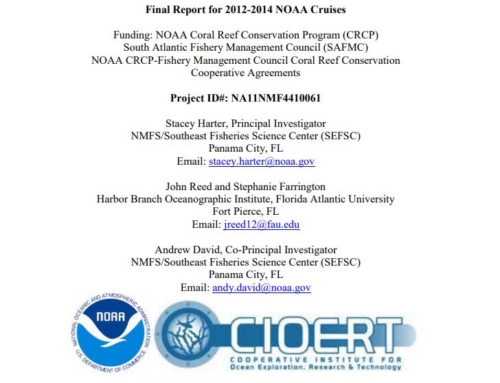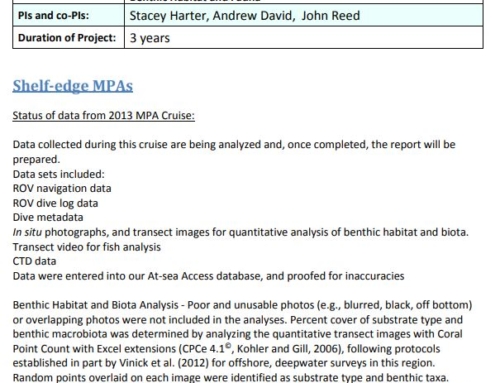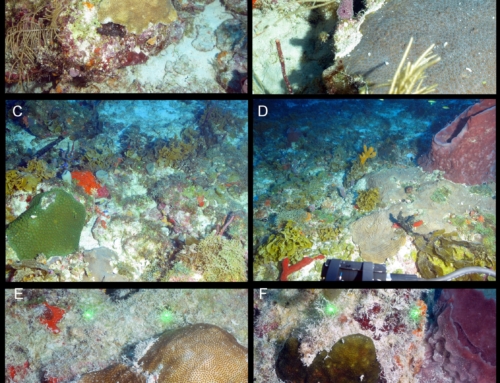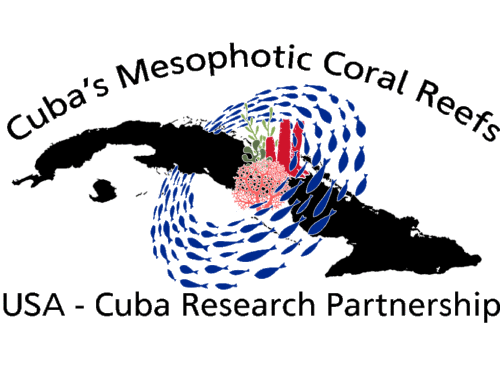Project Description
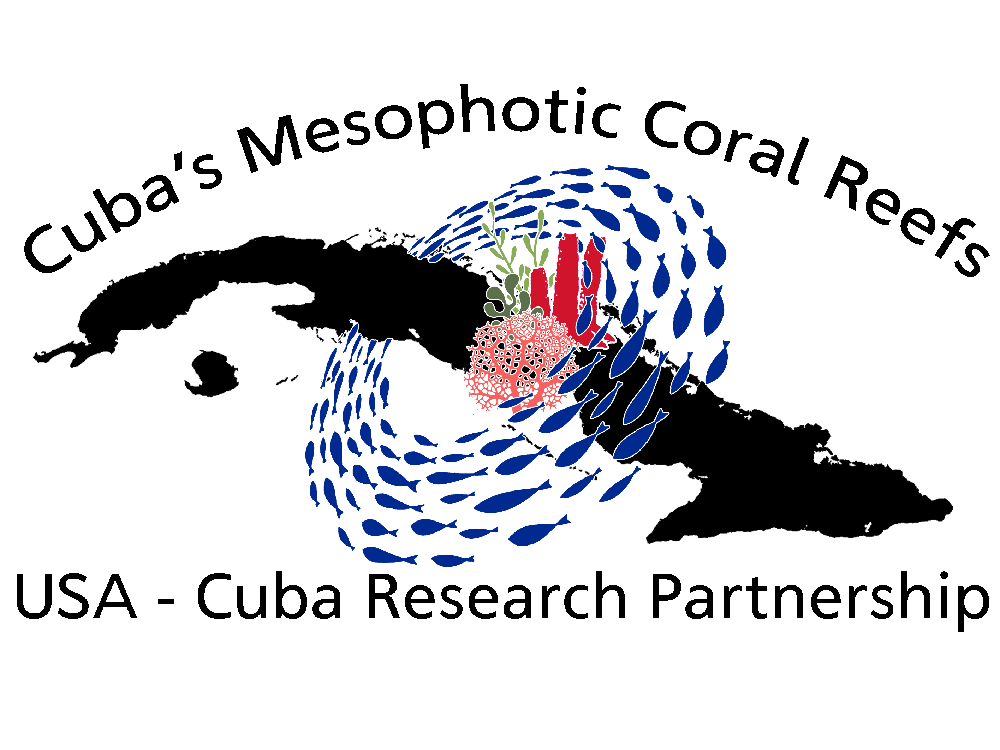
Cuba’s Mesophotic Reefs and Associated Fish Communities
John K. Reed , Patricia González-Díaz , Linnet Busutil , Stephanie Farrington , Beatriz Martínez-Daranas , Dorka Cobián Rojas , Joshua Voss , Cristina Diaz , Andrew David , M. Dennis Hanisak , Juliett González Mendez , Alain García Rodríguez , Patricia M. González- Sánchez , Jorge Viamontes Fernández , Daniel Estrada Pérez , Michael Studivan , Felicia Drummond , Mingshun Jiang , Shirley A. Pomponi
Abstract
A joint Cuba-U.S. expedition was conducted May 14-June 12, 2017 to characterize for the first time the extent and health of mesophotic coral ecosystems (MCEs) along the entire coastline of Cuba. Remotely Operated Vehicle (ROV) dives at 36 sites confirmed the presence of MCE habitat along all coasts of Cuba. ROV dives covered 27 km, at depths of 25-188 m, and documented habitat and species with 103 hours of high-definition video and 21,146 digital images. A total of 477 taxa of benthic macrobiota and 178 fish taxa were identified, and 343 specimens of benthic invertebrates and algae were collected to verify taxonomy and assess population genetic structure. The primary geomorphological features were the Deep Island Slope (125- >150 m), Deep Fore-Reef Escarpment (the ‘Wall’, 50-125 m), and Deep Fore-Reef Slope (30-50 m).
Most vertical surfaces of the Wall were covered with dense sponges, algae, octocorals, and black corals. Agaricia was the most abundant scleractinian genus on the Wall at depths of 50-75 m, and was observed to 122 m. Of the 2,240 scleractinian colonies that were counted in this study, only 12 corals (0.53%, mainly Agaricia spp.) showed signs of bleaching, and one Agaricia had black band disease, comprising remarkably low disease prevalence. The most frequently recorded sponge genera were Xestospongia, Aplysina, and Agelas. At least 10 previously unknown sponge species were collected during the expedition. Sites outside of marine protected areas generally had lower fish abundances, a possible indicator of historical overfishing. Lionfish were observed at most sites but abundances were low compared to other Caribbean regions.
Reed, John K., Patricia González-Díaz, Linnet Busutil, Stephanie Farrington, Beatriz Martínez-Daranas, Dorka Cobián Rojas, Joshua Voss, Cristina Diaz, Andrew David, M. Dennis Hanisak, Juliett González Mendez, Alain García Rodríguez, Patricia M. González- Sánchez, Jorge Viamontes Fernández, Daniel Estrada Pérez, Michael Studivan, Felicia Drummond, Mingshun Jiang, Shirley A. Pomponi. 2018. Cuba’s mesophotic reefs and associated fish communities. Revista de Investigaciones Marinas 38 (1): 56- 125. ISSN: 1991-6086. Harbor Branch Oceanographic Institute Contribution Number 2151.

